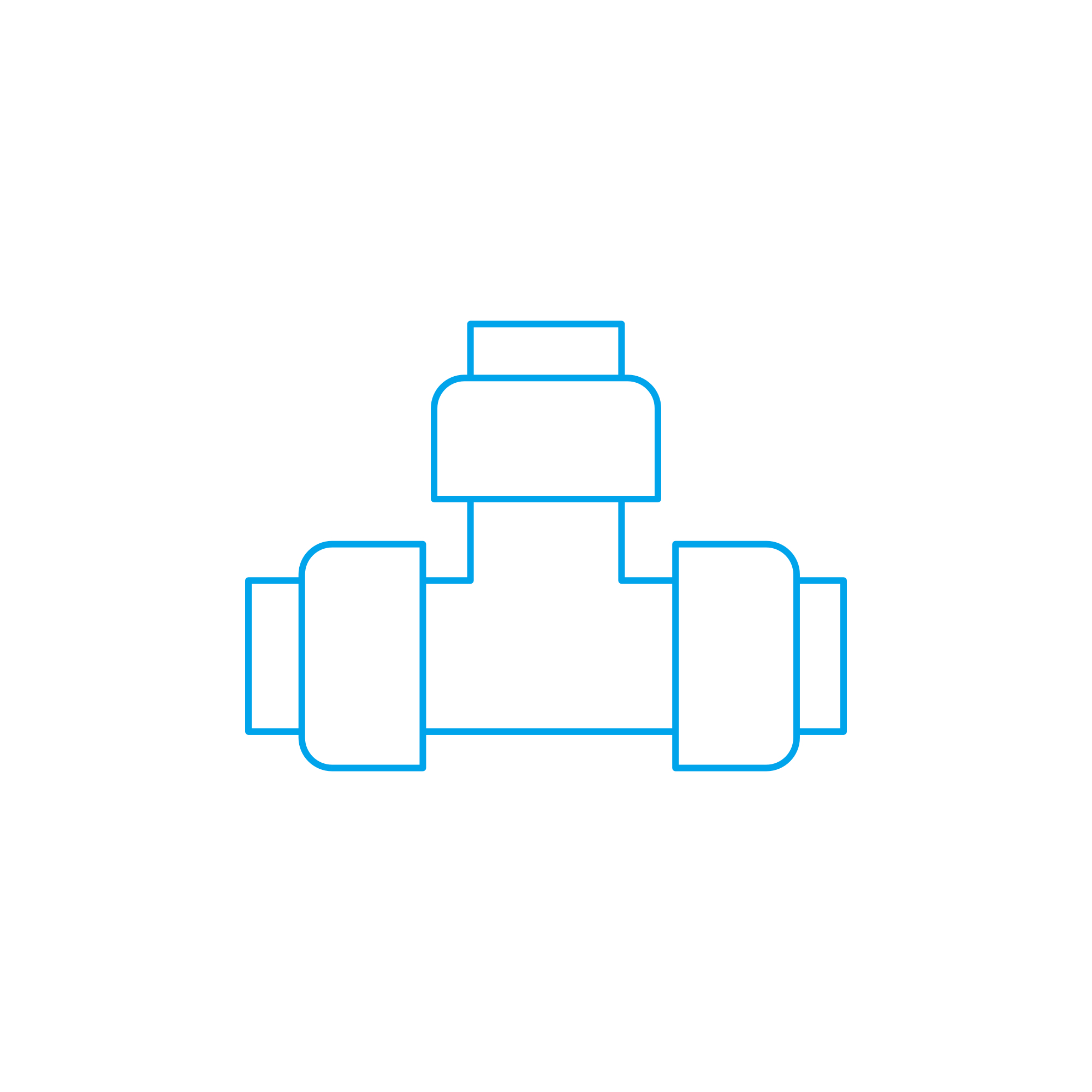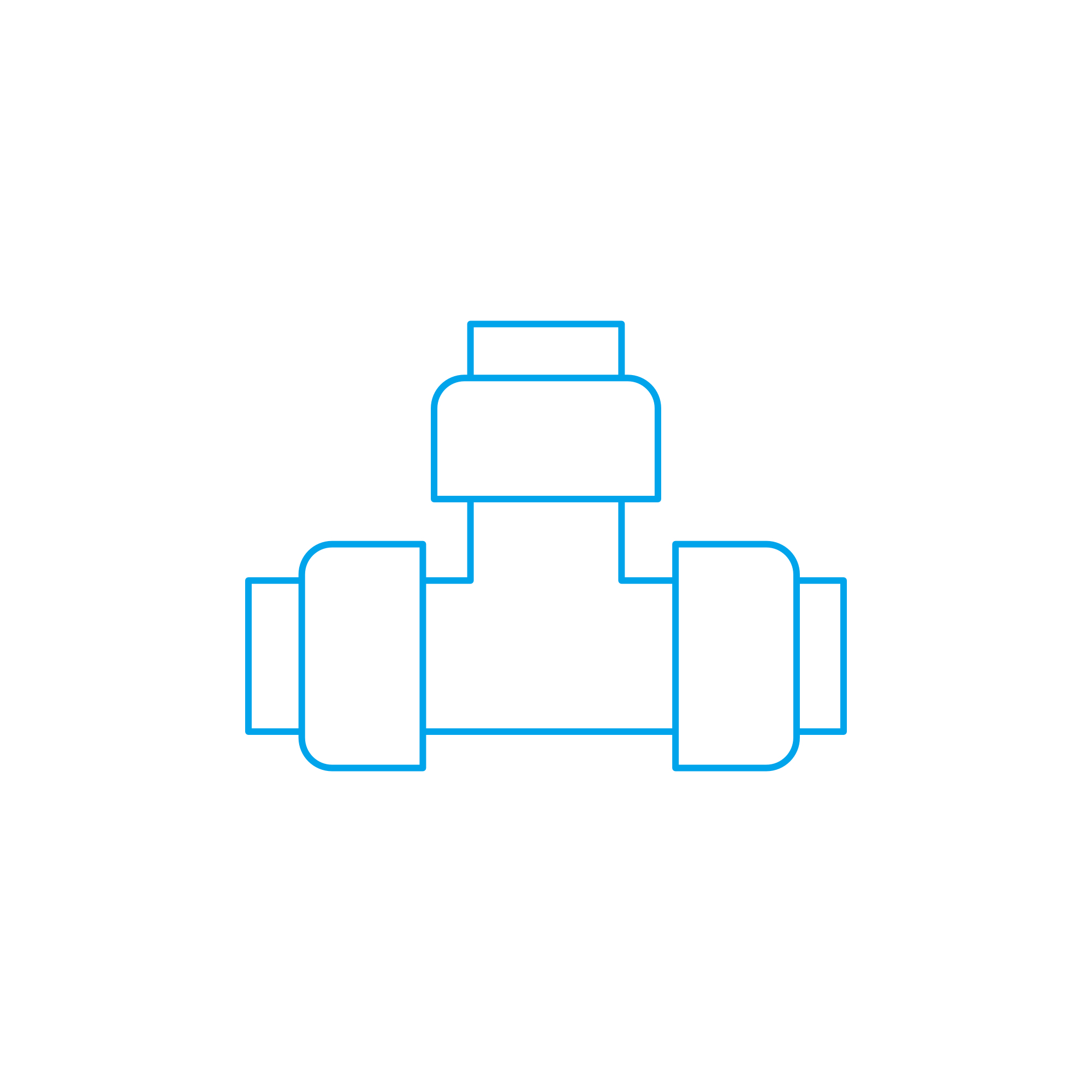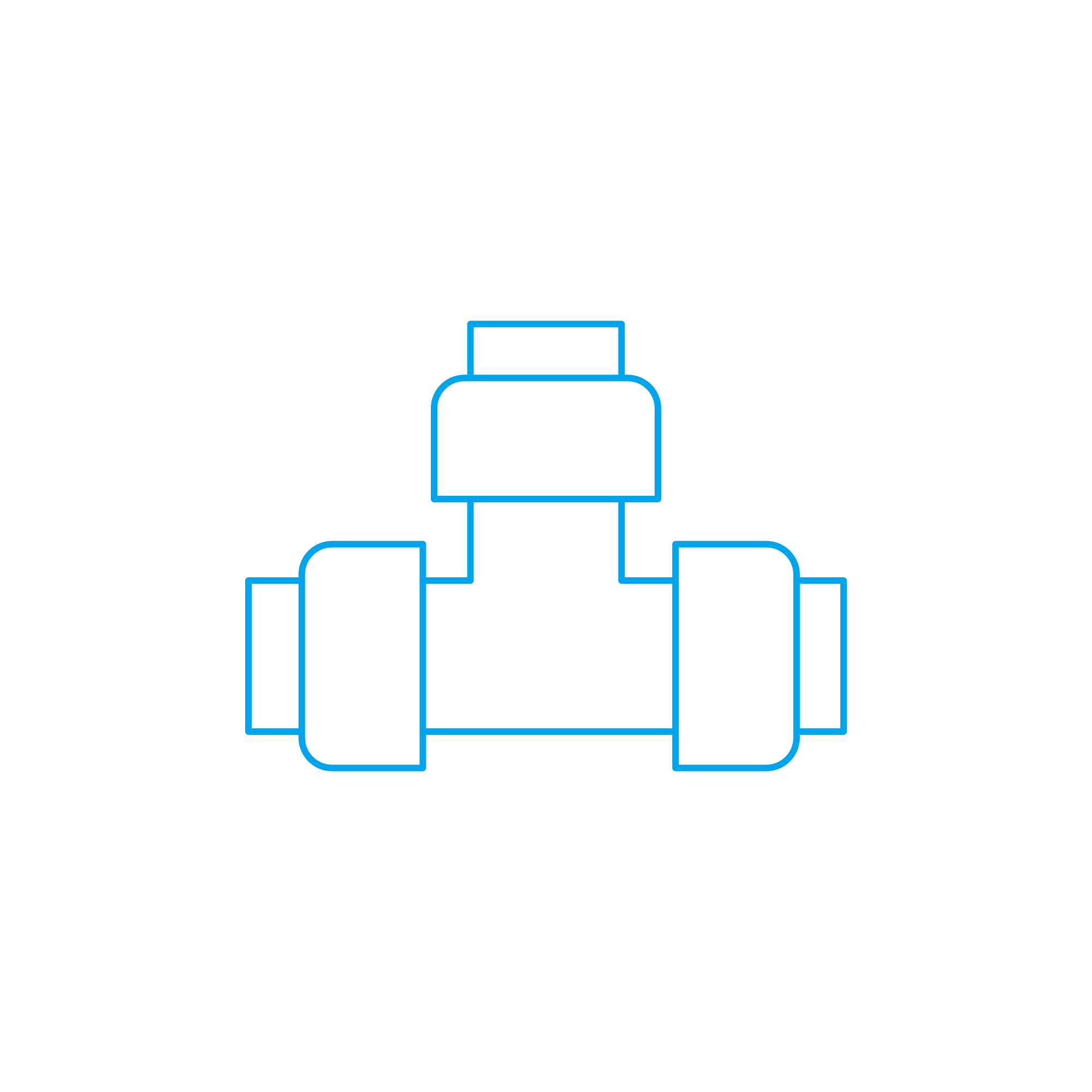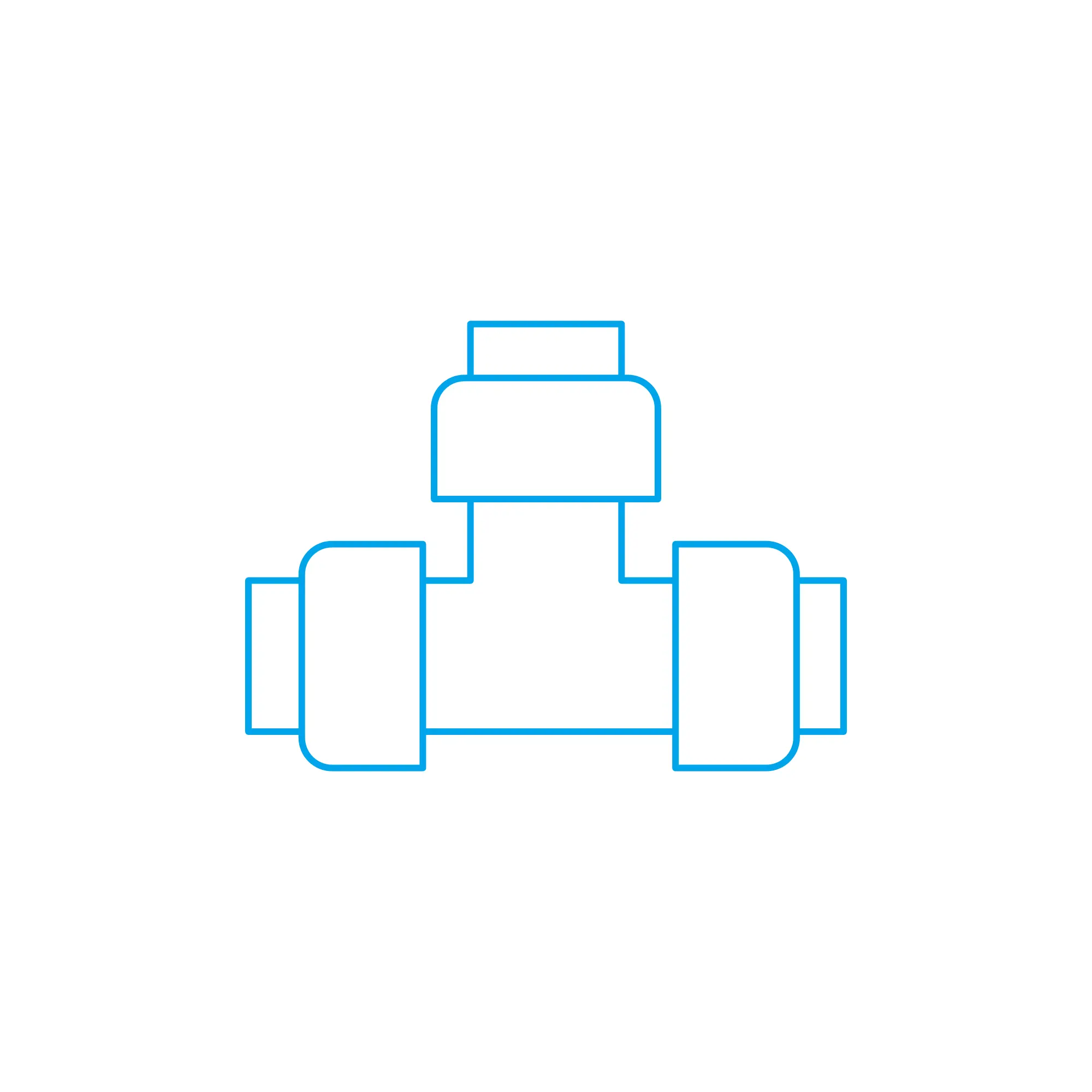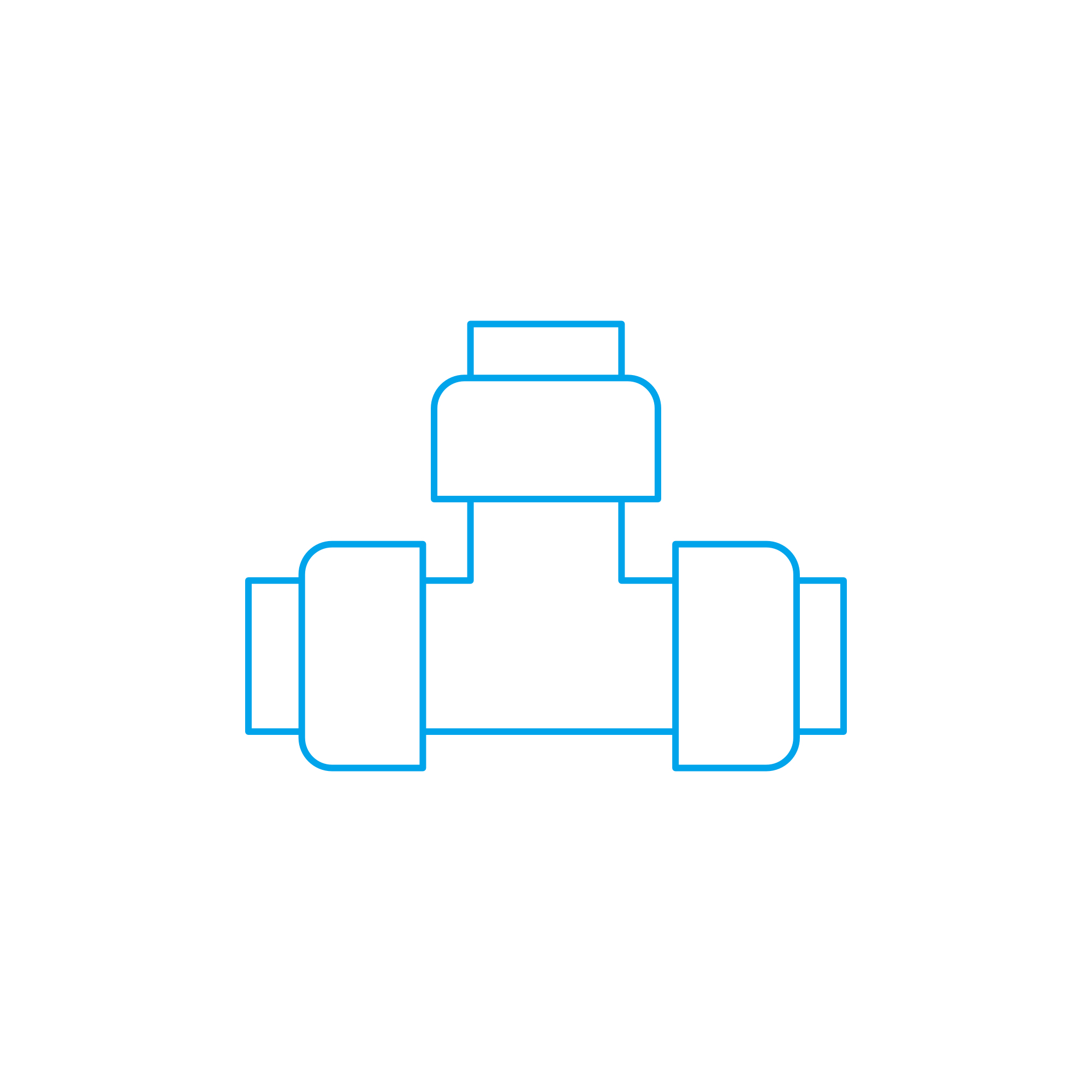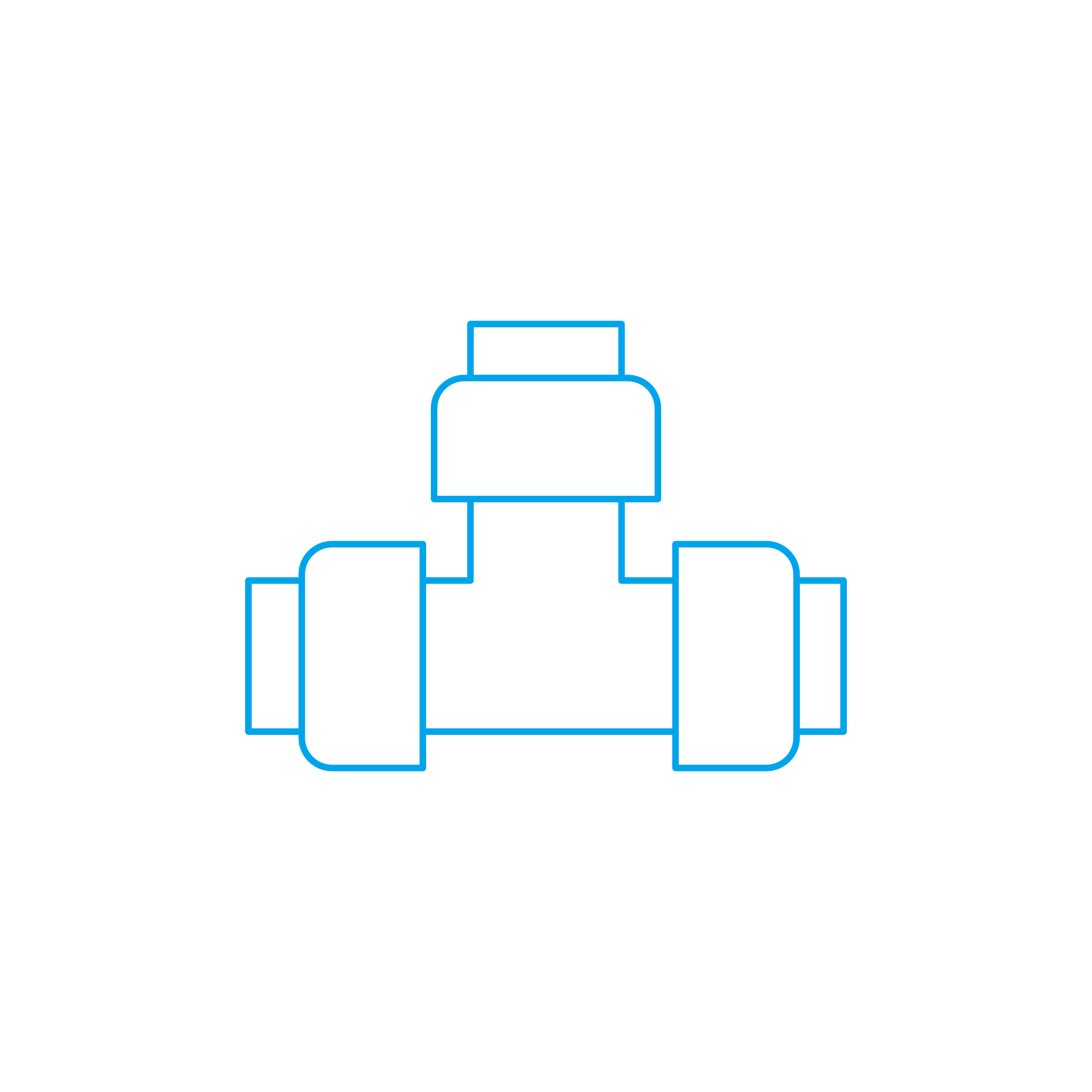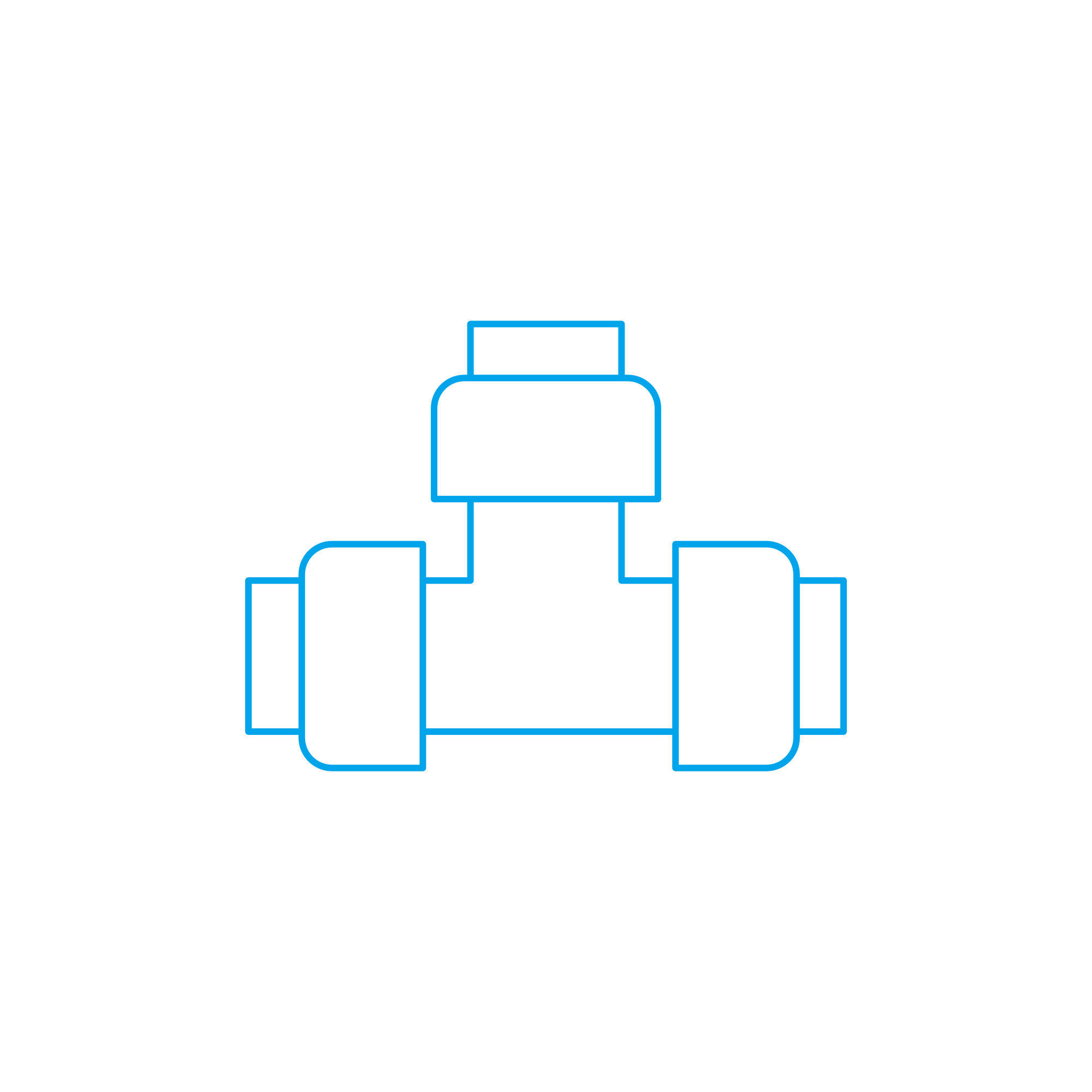ARMATURE fittings and armatures for marine and diesel engines
Fittings and armatures are the precision components that connect, control, and protect the vital media circuits in engines and auxiliary systems. In marine and industrial diesel engines, these parts include valves, cocks, manifolds, flanges, couplings, reducers, gauges, and safety devices that handle fuel, lubricating oil, cooling water, compressed air, and exhaust gas. Without robust, correctly specified fittings and armatures, even the most advanced powertrain cannot operate safely or efficiently.
In practical terms, this article category covers everything from shut-off and non-return valves to pressure-reducing stations, sight glasses, hose connections, and instrumentation armatures. Applied throughout the engine room, they ensure tightness, controlled flow, reliable isolation, and accurate measurement. For shipowners, purchasers, and technical managers, the right selection and upkeep of these components translate directly into uptime, fuel economy, class compliance, and crew safety.
ARMATURE technical function in marine engine and diesel engine systems
An ARMATURE in a marine engine context is a functional assembly—often a valve body or instrument housing—that directs, throttles, isolates, or measures a medium under pressure and temperature. In a diesel engine, fittings and armatures govern how fuel is prepared and delivered, how coolant removes heat, how lube oil lubricates and cleans, and how starting air is metered for reliable starts. In each circuit, the ARMATURE defines the flow path and sets operating parameters that sustain performance and protect equipment.
On fuel systems, ARMATURE components such as quick-closing valves, duplex filters with changeover armatures, and fine-control needle valves stabilize injection pressure and minimize aeration. On cooling-water lines, corrosion-resistant valves and strainers manage seawater and freshwater circuits to maintain jacket and charge-air cooler temperatures. On lube-oil loops, check valves, pressure-control armatures, and sampling points preserve film strength, reduce foaming, and support condition monitoring. Starting air and control air rely on precisely calibrated reducing valves and non-return armatures to prevent backflow and water hammer.
ARMATURE flow, pressure, and safety—how OEM parts shape performance
When specified as ARMATURE OEM parts, valve trims, seals, and actuator geometries are matched to the engine maker’s flow coefficients (Kv/Cv), pressure classes, and response curves. This alignment delivers predictable opening characteristics, low pressure losses, and reliable shut-off, which in turn stabilize SFOC, maintain turbocharger balance, and keep emissions control systems within their design windows.
· Tight shut-off reduces leakage, fuel dilution, and fire risk.
· Correct Kv/Cv values maintain stable flow and cooling margins.
· Corrosion-resistant alloys extend service life in seawater and HFO/MGO duty.
· Heat- and oil-resistant elastomers preserve sealing at operating temperature.
· Low-torque designs protect actuators and reduce wear.
· Class-ready configurations support compliance and ease of survey.
· Traceable manufacturing ensures consistent performance across fleets.
· Service-friendly layouts reduce downtime during overhauls.
ARMATURE importance for reliable engine operation
In continuous-duty engines, fittings and armatures are the first line of defense against leaks, contamination, and unstable operating conditions. A worn seat, pitted spindle, or swollen seal can cause subtle but cascading issues: pressure drops in fuel rails, cavitation in cooling circuits, or lube-oil starvation in bearings. The result can be elevated bearing temperatures, injector coking, accelerated liner wear, turbocharger surge, or trips of safety systems—each incident raising the risk of unplanned stoppages and costly port delays.
For marine propulsion, the stakes are even higher. Faulty non-return armatures in starting-air systems may cause dangerous backflow. Inadequate closing on quick-closing fuel valves extends fire exposure. Corroded seawater fittings erode rapidly, ending in leaks that compromise cooling capacity and shaft alignment. Keeping ARMATURE components in specification preserves thermal equilibrium, secures safe shutdown capability, and supports predictable load response, which together underpin schedule integrity and lifecycle cost control.
Advantages of OEM spare parts suitable for ARMATURE and fittings
OEM spare parts suitable for fittings and armatures are manufactured to the engine maker’s drawings, materials, and tolerances. That precision matters: it ensures that flow coefficients, seat angles, spring rates, and actuator interfaces match the engine’s calibration, so you get the same predictable behavior at every overhaul.
From a performance perspective, correct metallurgy—such as CuNi for seawater, 316/316L for cooling water, duplex for chloride resistance, and nitrile/FKM/PTFE for seals—delivers long-term resistance to corrosion, swelling, and thermal cycling. Economically, extended service intervals and faster overhauls reduce total cost of ownership, while parts traceability supports efficient fleet maintenance planning. For safety, consistent shut-off and fail-safe actuation maintain compliance with engine-room fire protection and fuel system requirements across diesel engine and gas-fueled applications.
In short, choosing OEM spare parts suitable for ARMATURE components supports:
· Stable engine performance and lower SFOC over time.
· Reliable starts, smooth load steps, and steady cooling capacity.
· Lower risk of leaks and unplanned downtime.
· Predictable maintenance cycles and controlled budgets.
MOPA: your partner for OEM ARMATURE and fittings
MOPA supplies OEM spare parts for fittings and armatures used in marine engine and industrial power applications. As a trusted trading partner, we combine speed, quality, and security: rapid sourcing and dispatch from an established supplier network, verified specifications and material certificates, and transparent documentation for diesel and gas engines alike. Our team supports you with component identification, cross-referencing by engine model, and advice on media compatibility, pressure class, and actuation—so each ARMATURE reaches your vessel or plant ready to install.
Whether you need fuel quick-closing armatures, pressure-reducing valves for starting air, seawater butterfly valves, check valves, or instrument manifolds, MOPA helps maintain system integrity with consistent OEM parts, minimized lead times, and secure logistics to major ports and power hubs.
Conclusion: ARMATURE fittings and armatures that protect engine performance
Fittings and armatures are fundamental to safe, efficient operation in any marine engine or stationary diesel engine. Specifying and maintaining the right ARMATURE components preserves performance, minimizes risk, and extends service life.
With OEM spare parts suitable for fittings and armatures, and a partner like MOPA focused on speed, quality, and security, operators can sustain reliability, control lifecycle costs, and keep critical assets running at their best.


